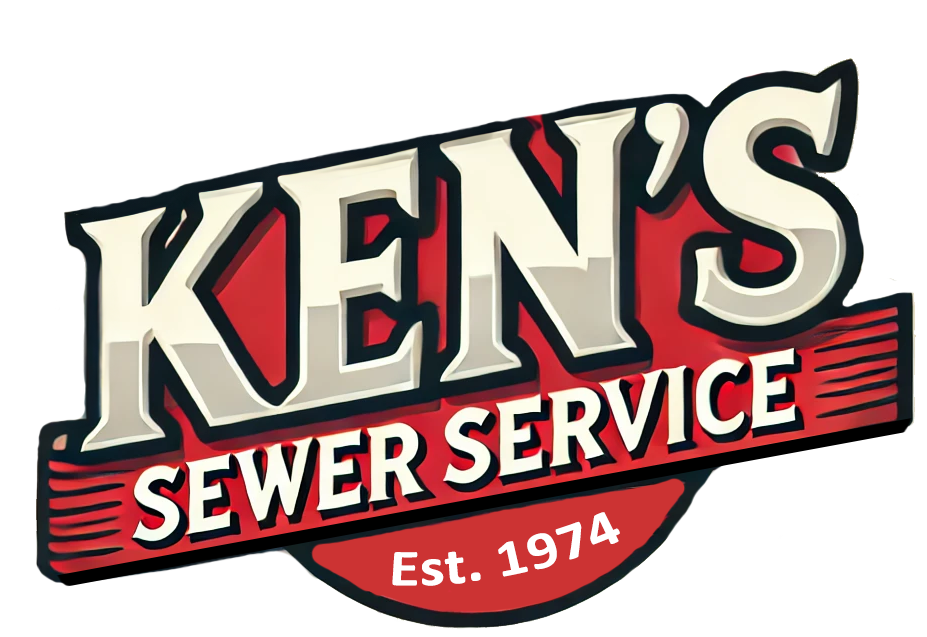What’s The Difference? Main Sewer Line and Drain Lines
Maintaining proper cleaning and regular maintenance of your drains is an essential and crucial aspect to keep your home’s plumbing system working well. By understanding a little bit more about your main sewer line and drain line plumbing, how they can easily become clogged or compromised, you may be able to notice the first signs that you either have a stack pipe, floor drain issue, main sewer line issue, or a combination before an emergency back-up occurs.
Anywhere water runs throughout your home, it exits down an internal and vertical wastewater drain pipe or stack/vent pipe that connects to your main sewer line. Each bathroom tub/shower, sink, toilet, kitchen sink, dishwasher and laundry tub/sink has a horizontal pipe that connects to a vertical stack pipe. All types of debris such as hair, food, grease, sanitary products, lint, or the occasional kid’s toy that has been flushed away can cause a clog in any part of these drain lines. If your drains are slow or your toilet starts gurgling or doesn’t flush completely, a clog is most likely the culprit.
The floor drain is located at the lowest point on your basement floor, and the drain line runs underneath your basement floor and connects directly to your main sewer line. Your floor drain is a plumbing fixture designed to remove possible standing water from heavy rain, condensation from an HVAC unit or leaking water heater. It typically consists of a drain grate/cover. Make sure to keep this cover clean of any debris.
The wastewater drain pipe (stack pipe) and the floor drain both connect directly to your mainline, which is your home’s main sewer line that runs underground and connects to the city’s main sewer system. All wastewater eventually makes its way through your mainline and out to the city connection.
It’s always recommended that a homeowner locates what is called the ‘sewer cleanout’. A clean-out is an accessible opening or cap in your home’s sewer line, which allows for maintenance of your private sewer system. Clean-outs are often found in the basement on the floor, on the sewer stack or outside the home along the private sewer’s lateral plumbing. If you don’t have a main sewer line clean-out, it’s possible that maintenance can still be achieved, but it may need to be accessed through temporarily removing your basement toilet. The toilet clean-out involves more time, work and snaking line. In most cases, a main clean-out can be retrofitted to your existing main line for future ease and accessibility.
Clog prevention tips:
- Use a hair and soap scum catcher for your bathtub/shower; brush your hair and dispose of it in the trash before you wash it; if you bathe your pet, put a washcloth down over the tub/shower drain to collect hair. Also, don’t wash hair down the bathroom sink.
- Only flush human waste and toilet paper down the toilet. Don’t flush any type of wipe or personal sanitary products (even if they are labeled as ‘flushable’), only dispose of these in the garbage. Don’t flush hair, dental floss or any other stringy or dense/bulky materials.
- Never dispose of food, coffee grounds or grease in the kitchen sink.
- Keep a disposable lint trap over your washing machine hose.
If you’re in need of a main line or drain line cleaning from a clog or back-up, or would like to schedule a preventative maintenance cleaning to keep all of your plumbing working it’s best, give Ken’s Sewer a call or click on appropriate link below to schedule any of our drain cleaning and plumbing services.
New Customers Click Here To Schedule All Services

